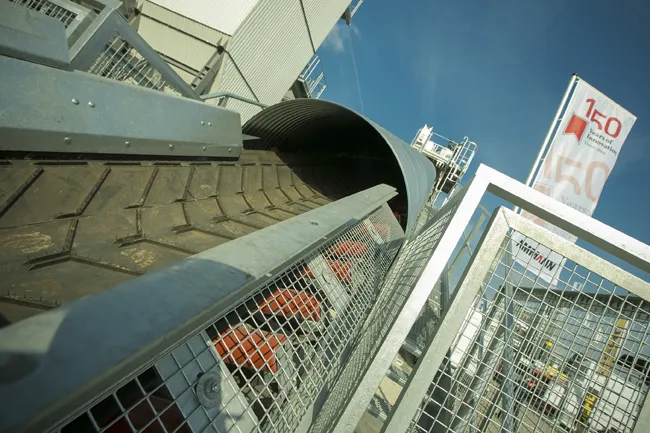Liebherr has handed over its 90,000th truck mixer since it began manufacturing the vehicle in 1967.
Transbeton, based in the southern German town of Laupheim, collected the semi-trailer HTM 1004 ZA that has a normal 10m3 capacity but had been specially painted for the occasion. Transbeton has been a Liebherr customer for almost 50 years, using truck mixers and concrete mixing plants.
“I always have two semitrailers in my fleet”, says Reinhold Brehm, “because it increases our transportation capacity fo
September 14, 2016
Read time: 2 mins

Transbeton, based in the southern German town of Laupheim, collected the semi-trailer HTM 1004 ZA that has a normal 10m3 capacity but had been specially painted for the occasion. Transbeton has been a Liebherr customer for almost 50 years, using truck mixers and concrete mixing plants.
“I always have two semitrailers in my fleet”, says Reinhold Brehm, “because it increases our transportation capacity for large concrete plants. If the workload is not quite as heavy, we use tractor units to transport gravel or cement. This flexibility makes my fleet more profitable.”
Today’s vehicles have torsion-resistant frames as well as ABS and pneumatic shock absorption as standard. Liebherr manufactures concrete technology products at five sites: Bad Schussenried and Neu-Ulm (Germany), Xuzhou (China), Guaratinguetá (Brazil) and Rayong (Thailand).
Liebherr products include truck mixers, conveyors for truck mixers, concrete pumps, concrete mixing plants, mixing systems and concrete residue recycling plants.









